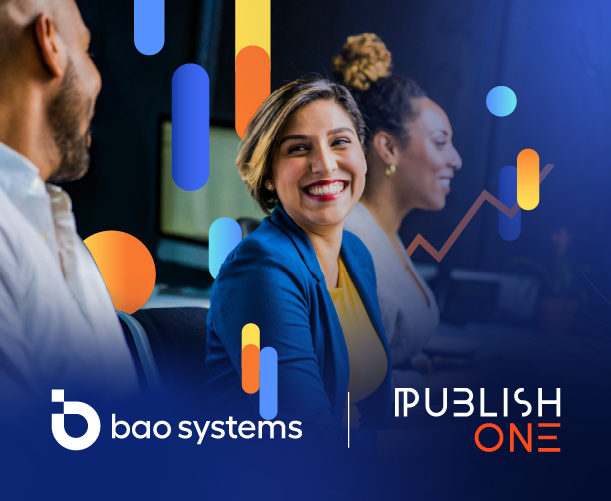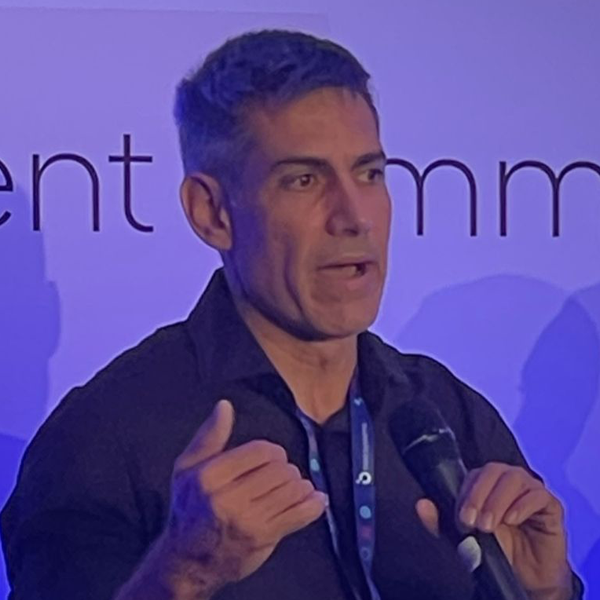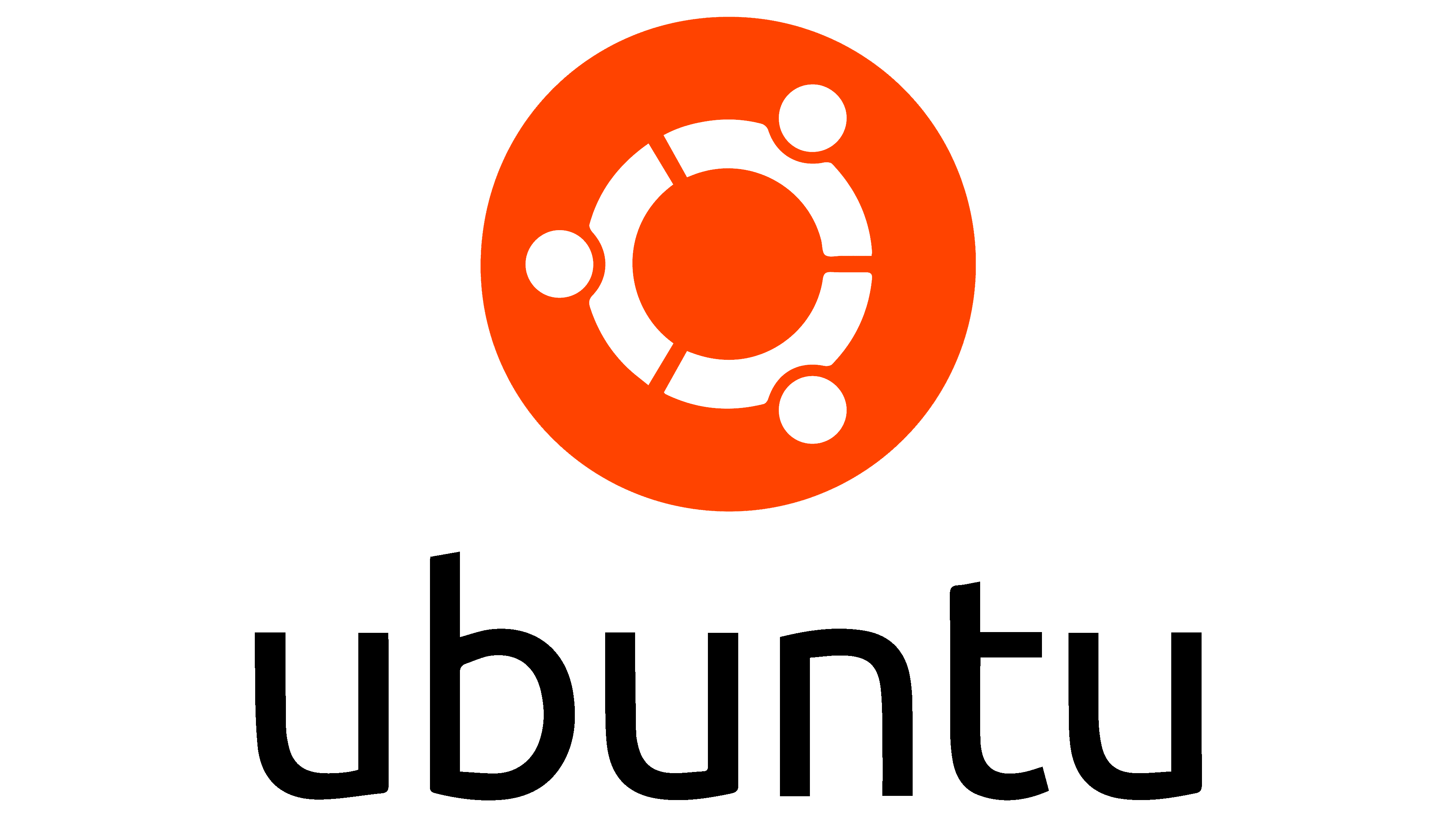
Digital technology – changing the way global health organizations work
11 Oct 2019Digital technology – changing the way global health organizations work
By Kjerstin Andreasen, Business Operations Manager at BAO Systems
We live in the digital age and new technologies, if used correctly and effectively in the global health arena, can ultimately save lives. More timely, accurate and reliable data can lead to better analysis and decision making.

DHIS2 project in Botswana.
Photo: Dr. Prosper Behumbiize, HISP Uganda
Countless innovative health-related apps have been developed, which provide endless opportunities for capturing data. Many health and humanitarian organizations are using technology-enabled solutions to solve challenges in the international humanitarian and development sector. Emerging technologies such as machine learning and artificial intelligence are making a difference in the global health sector.
The overarching goals that drive many of these organizations are the Sustainable Development Goals, particularly SDG 3: Good health and well-being: ensuring healthy lives and promoting the well-being at all ages is essential to sustainable development. The World Health Organization is determined to harness the positive potential of digital technology to promote and protect the health of all people.
In October 2018, in the Astana Declaration, ministers and heads of state committed that they would “use a variety of technologies to improve access to health care, enrich health service delivery, improve the quality of service and patient safety, and increase the efficiency and coordination of care. Through digital and other technologies, they would enable individuals and communities to identify their health needs, participate in the planning and delivery of services and play an active role in maintaining their own health and well-being.”
Different health and humanitarian organizations are harnessing technology and innovations in different ways.
Médecins Sans Frontières France is using DHIS2, the open source software platform developed by the University of Oslo, as its medical-operational reporting platform, which is used in 20 emergency projects, including conflict, displacement, epidemic and nutritional crisis interventions. MSF France aims to have all routine health intervention information be accessible and usable for decision-making and monitoring, which is even more important in unstable and emergency responses. The MSF Operation Centre in Geneva is teaming with BAO Systems to customize DHIS2 for its medical activities and deployment in the field of operations: around 50 sites in 20 countries to be covered, 30 different medical programs including several requiring data entry on patient follow-up.
Save the Children Malawi uses the Expanded Programme of Immunisation (EPI) cStock for supply chain management. The system allows Health Surveillance Assistants to use their personal phones to submit an SMS with stock information, allowing community level data to be visible to decision makers at all levels of the system.
World Health Organization has developed standard data tools to support countries in the strengthening of national malaria and tuberculosis surveillance systems. These tools aim to improve the availability, quality, analysis and use of malaria data at the country and global levels. WHO has also designed the Early Warning, Alert and Response System (EWARS) to improve disease outbreak detection in emergency settings, such as countries in conflict or following a natural disaster. “EWARS in a box” is a box that contains all the equipment needed to establish surveillance and response activities. Included in the box are mobile phones, laptops and a local server, a solar generator and solar charger.
WISCENTD, a collaborative work between WHO and Technical University of Catalonia, is a platform that facilitates (and largely automates) the integration data and makes preparation of data for the complex analysis transparent to the end users. WISCENTD has been used particularly by WHO in the fight against Neglected Tropical Diseases.
Terre des Hommes, an international child’s rights organization, has built the Integrated e-Diagnostic Approach (IeDA), a digital healthcare solution used in Burkina Faso which aims to improve the Integrated Management of Childhood Illnesses through the digitalization of the WHO/UNICEF clinical protocol in Primary Health Care facilities as well as to strengthen data management and quality improvement processes. Today, IeDA is one of the largest mHealth projects in sub-Saharan Africa, in terms of coverage and number of patients treated. As of June 2019, over 2.4 million children (12% of the total population) have been seen in 5 million consultations performed by almost 6,000 Health Care Workers.
Terre des Hommes is also in the process of setting up a data-scientific pipeline, with the aim of (1) predicting epidemic outbreaks, (2) improving the quality of work delivered by Frontline Health Workers, and (3) deploying smart dashboards for better serving the relevant information to the people who need to take decisions. In addition, the organization is looking at how artificial intelligence can help decrease child mortality and morbidity, make data talk intelligently, aggregate it with other open source data to better predict and change the behavior of health workers, and better predict epidemics to plan resources accordingly.
For the treatment of tuberculosis, digital adherence technologies (DAT) show considerable potential in enabling patient-centered care and improving integrated health information networks at the country and global levels. Solutions can also be customized per country setting to enable differentiation of care, improve adherence to treatment. Globally and nationally, aggregated patient adherence data can contribute to more universal understandings of common adherence challenges over the course of treatment and drive innovative efforts to address these challenges.
KNCV Tuberculosis Foundation (Netherlands) is designing and implementing projects in a wide range of settings that build on existing evidence, innovations, and the growing global momentum for DAT interventions for all types of tuberculosis and building universal resources as part of an “implementation package” to demonstrate to countries and the global health community how to customize these technologies and approaches to meet country-specific needs.
Innovative technologies
Geospatial data are becoming more available in low- and middle-income countries, and population data are also more available and accurate. In parallel, information about health facilities (e.g. geolocation, available services, type, contact) are collected by a wide range of partners. These data can be highly valuable to improve coverage estimates, detect gaps in service availability and population accessibility to basic health care.
The digitization of healthcare is resulting in the creation of massive new data sets in the form of Electronic Health Records. This digitization has allowed health providers to understand the requirements of communities we are serving and how artificial intelligence and predictive analytics can improve health outcomes. The emergence of digital tools bundled with predictive and descriptive analytics helps community health workers to identify high-risk patients for timely and quality service. With digital medical records, the introduction of smartcards to replace paper booklets can enable various stakeholders to make informed decisions with real-time data.
Digital ID has major potential for improving healthcare coverage in developing countries and is already allowing organizations to collect accurate beneficiary data and track progress towards the UN Sustainable Development Goals. When using digital ID, it is important to consider the issues of privacy and data security and explore how both the General Data Protection Regulation of the European Union and cloud technologies can be used to address risks and improve program quality.
In ongoing efforts to increase the availability and access to lifesaving health commodities and to fill significant service gaps in public health supply chains, Unmanned Aerial Vehicles or drones can be deployed strategically for advantageous integration into existing supply chain systems.
DHIS2 is used for the collection, management, analysis and use of data and information. This free and open source software platform, now the national health information system in 72 countries, has become a global standard in international development and has a huge impact on how developing countries manage their information systems. With the inclusion of NGO-based programs, DHIS2 is in use in more than 100 countries.
Supply is plenty when it comes to emerging technologies. The key is to identify the right technology that will meet the needs of the individual organization. When organizations have the opportunity to share their experiences, best practices and lessons learnt, they can come one step closer to contributing to meeting SDG 3.
These topics and many more will be presented and discussed at the Global Digital Development Summit in Geneva, October 28-30, 2019. The Global Digital Development Summit will bring together health and humanitarian organizations in support of technology-enabled solutions for international development. The Summit is hosted by BAO Systems, a full spectrum data company that provides secure hosting, implementation services, capacity building, analytics solutions, and interoperability tools for health and development. It seeks to empower partners with scalable and sustainable solutions, providing data-driven insights that can lead to improved livelihoods, stronger health systems, and equitable human development. eSHIFT Partner Network is an organizing partner.
This article appeared in Norwegian in BistandsAktuelt, the editorially independent monthly newspaper and website published by the Norwegian Agency for Development Cooperation.
Spotlight




